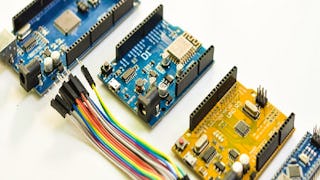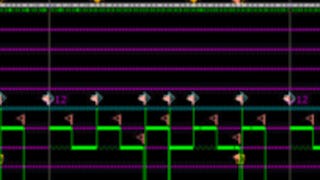This course can also be taken for academic credit as ECEA 5347, part of CU Boulder’s Master of Science in Electrical Engineering degree.
Rapid Prototyping is the second of three classes in the Embedded Interface Design (EID) specialization, an online version of the on-campus EID class taught in graduate embedded systems design. This course is focused on rapid prototyping of devices and systems and the related methods, practices, and principles that will help ensure your embedded interface designs are what your users both need and want. The class includes an introduction to rapid prototyping, prototyping device and system user interfaces, prototyping devices, and design considerations and perspectives for devices. The content ranges from general design best practices to specifics for embedded devices of different types and specific flavors of user interfaces, but all are presented to support developing embedded devices. The class includes practical projects that let you try some of standard methods in software development of prototype graphical user interfaces for devices using Qt and HTML. This course can be taken for academic credit as ECEA 5347, part of CU Boulder's Master of Science in Electrical Engineering degree.



















